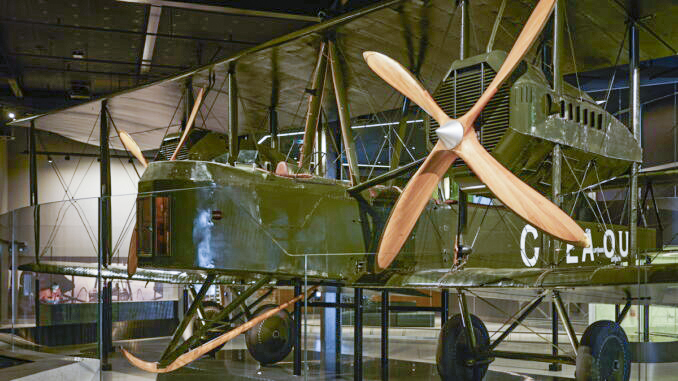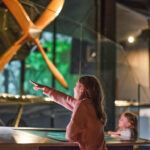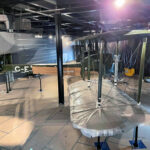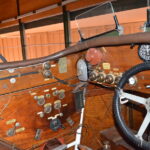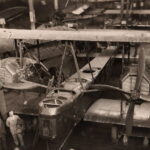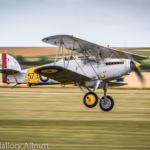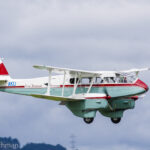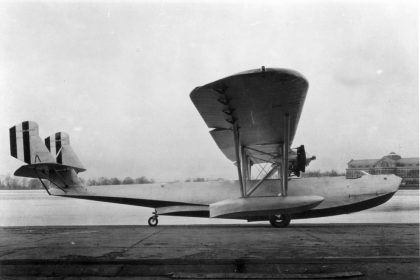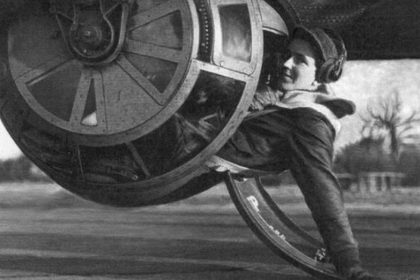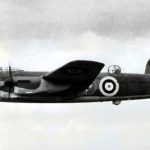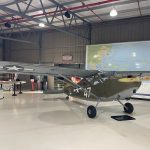by James Kightly (with Nigel Daw & Maikha Ly)
On December 16th, 2022, the historic Vickers Vimy Mk.IV G-EAOU was unveiled in its new display building at Adelaide Airport Terminal in Adelaide, South Australia in front of 200 invited guests.
This Vimy, a specially modified Great War-era bomber, is one of the oldest civil aircraft in the world, and certainly the oldest with a distance record of 11,340 miles (18,250 km) to its name. In late 1919, the Vimy flew from London, England, to Darwin, Northern Territory, Australia, winning the race to connect Australia to the world by air. Ross and Keith Macpherson Smith completed this epic flight, made possible by their accompanying mechanics, Sergeants Wally Shiers and Jim Bennett. The aircraft’s manufacturer, Vickers Ltd, subsequently presented the Vimy to the Commonwealth of Australia.
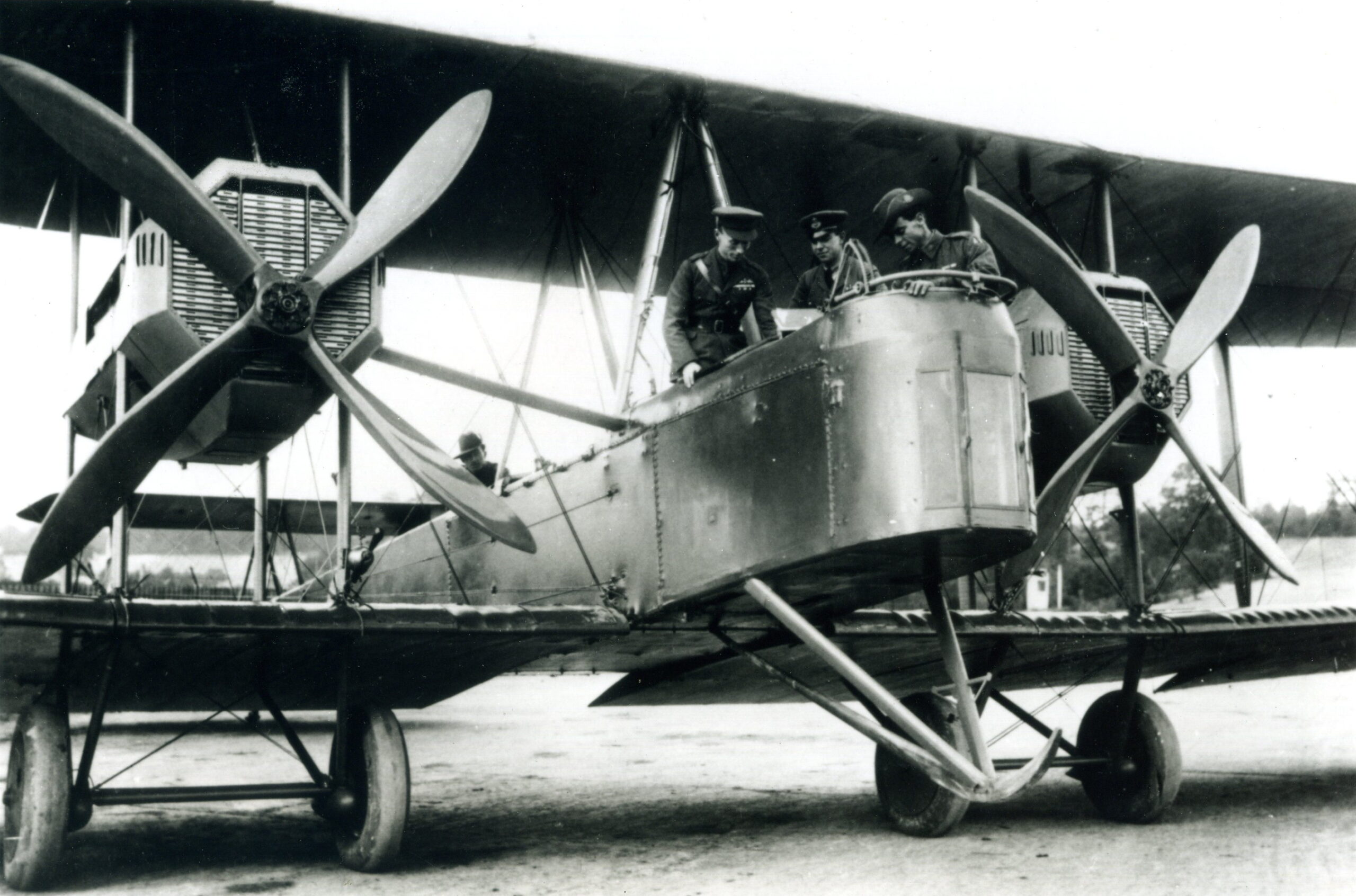
The crew received a check for Au£10,000 from Australia’s Prime Minister, Billy Hughes; Ross split the prize four ways. The Smith brothers each later received a knighthood from King George V at Buckingham Palace, while Jim Bennett and Wally Shiers both earned bars to their Air Force Medals and, eventually, a lieutenant’s commission.
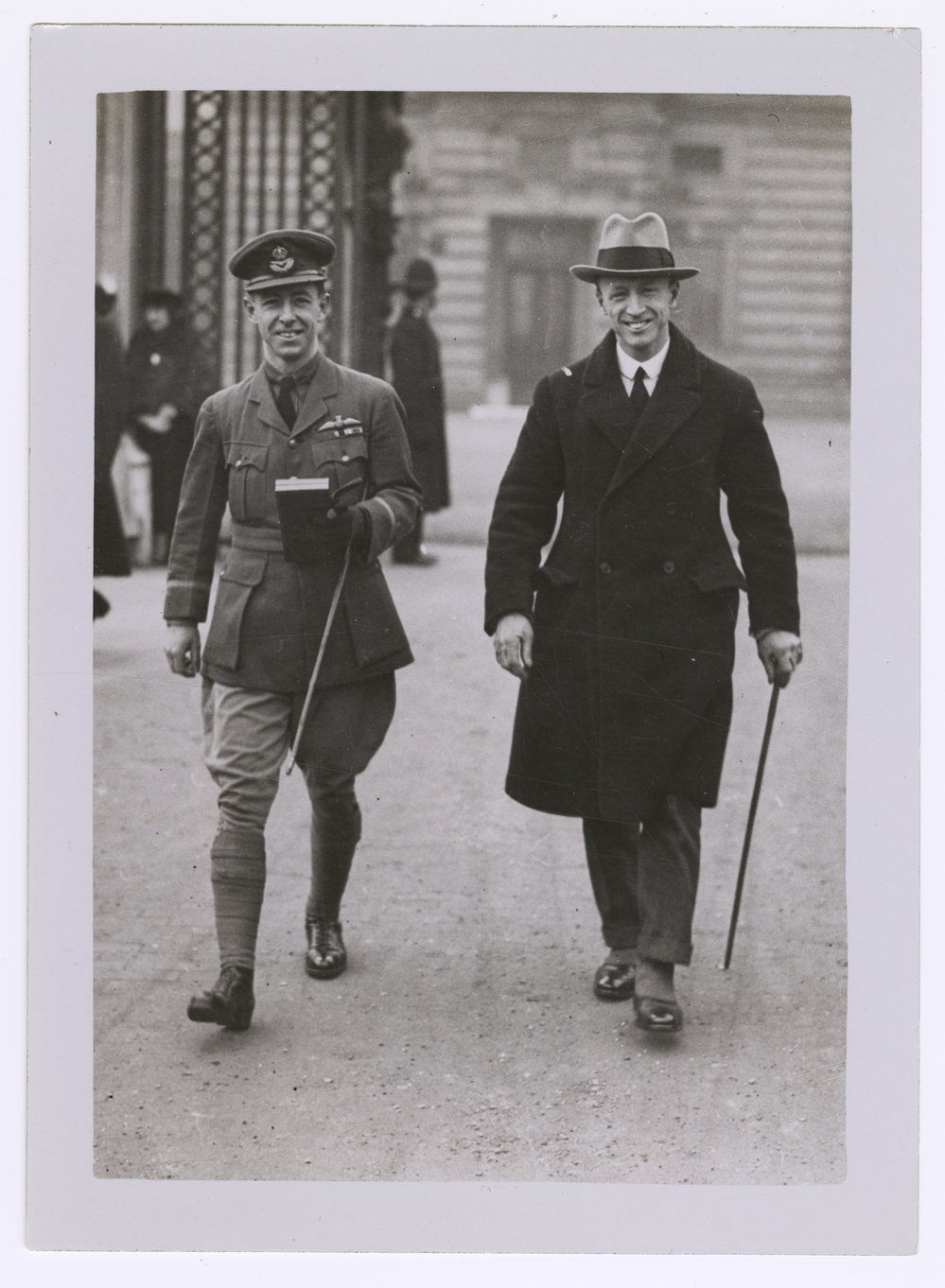
After the crew arrived in Darwin on December 10th, 1919, they continued the flight (interrupted by many technical delays and festive activities) down to Point Cook, Victoria, via Sydney, NSW. It was in Sydney where Vickers Ltd. gifted the aircraft to Australia’s Prime Minister, Billy Hughes – who’d not told anyone of the plan! The crew subsequently obtained permission to fly the Vimy to the Smith brothers’ home town of Adelaide, which they did, returning with it to Melbourne in April 1920.
Although notionally allocated to the newly-formed Royal Australian Air Force in 1921 as A5-1, the Vimy’s flying days were over. G-EAOU soon went on display at the Australian War Memorial (AWM), then in the Exhibition Building at Melbourne, where the aircraft became a hugely popular exhibit. Once the AWM’s permanent building opened in Canberra, Australia’s capital, the Vimy soon joined it on display. In 1955, however, AWM management decided that the Vimy’s lack of wartime service rendered it inappropriate for exhibition, so they placed the aircraft storage. The ensuing public outcry and a desire to see it in South Australia resulted in the establishment of the Sir Ross and Keith Smith War Memorial, which Air Marshal Sir Richard Williams (Ross Smith’s former squadron commander) opened on April 27th, 1958; some 40,000 people attended the event.
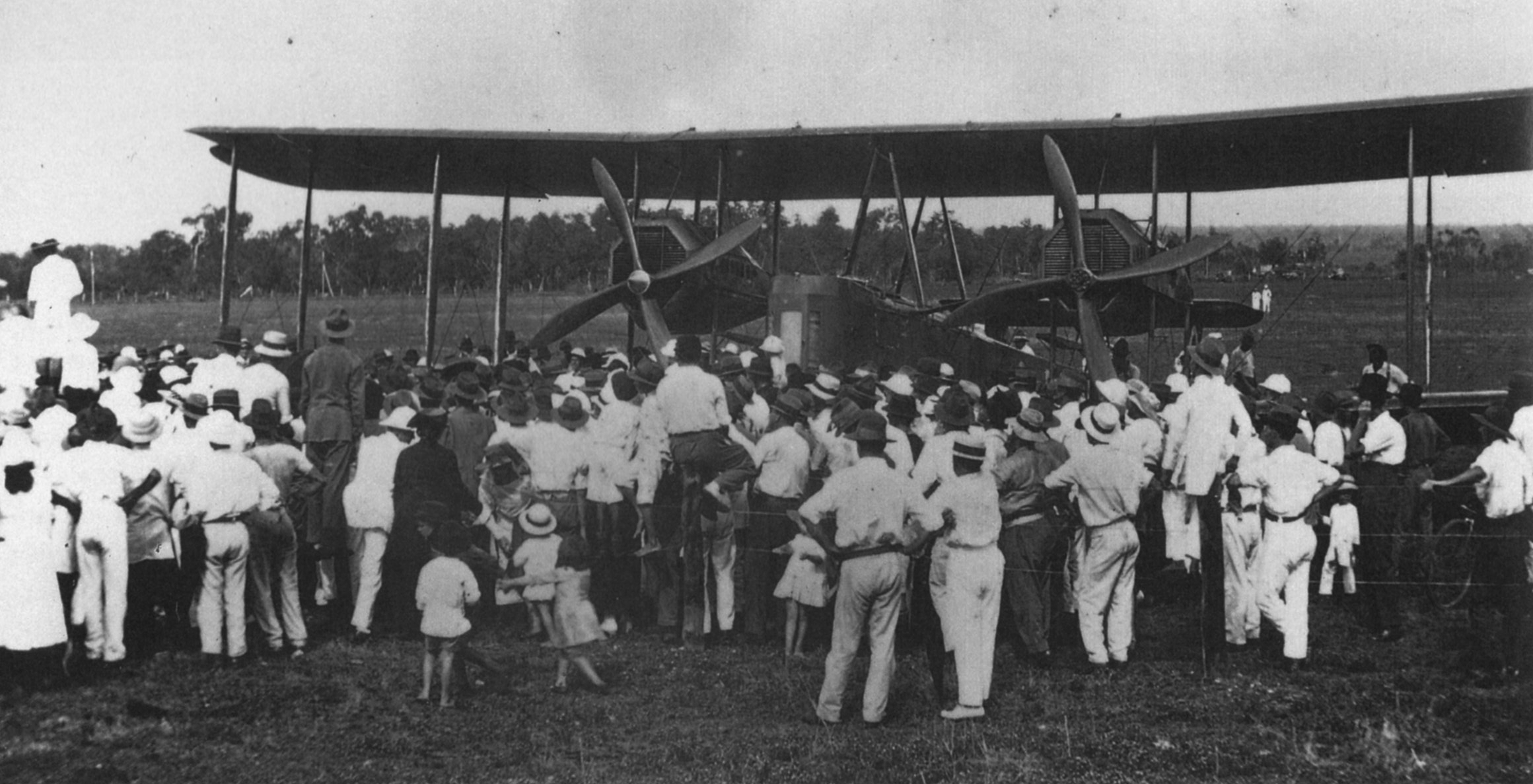
As time went on, the display received upgrades and the aircraft gained better fire detection and protection, anti-vibration stands, regular pest control, along with temperature and humidity monitoring in a completely climate-controlled building. However, due to changes in airport layout, the display ended up sidelined at the edge of the staff car park; the Vimy and its display therefore had to move. After an “extremely delicate operation,” which took over four hours to complete, a transport team moved the iconic Vimy the roughly two kilometer distance (≈1.2 miles) from its old home into the newly-updated airport terminal building, with an entirely new exhibit created around the aircraft.
This world-class facility highlights this internationally-significant aircraft and the extraordinary achievements of its crew. Presented in a purpose-designed auditorium with interactive story panels, projected photographs and films, and intimate displays featuring relevant personal keepsakes and mementos, the Vimy will be easily accessible to visitors for the first time in over 50 years. This project resulted from co-operation between Adelaide Airport Ltd, State and Federal Governments, Artlab Australia, and the Epic Flight Committee (which included the South Australian Aviation Museum, History Trust of SA, Australian Airmail Society and others).
The flyover featured four historic de Havilland types. (Video by Maikha Ly)
Speakers at the launch included Brenton Cox (for the airport), the Hon. Peter Malinauskas (South Australia’s Premier), the Hon. Mark Butler (Federal Health Minister), and Uncle Jeffrey, who oversaw the First Nations ‘Welcome to Country’ and smoking ceremony. Nigel Daw also had the pleasure of being one of the two hundred invited guests to witness the celebratory flyover which comprised a de Havilland DH.84 Dragon (VH-AON) in formation with two Tiger Moths (VH-CDM and VH-ABL) and a Moth Minor (VH-AIB). The flyover was compered by Maikha Ly, representing the Antique Aeroplane Association of Australia and also as a local Airshow announcer. The sharing of this Vimy’s unique place in history is now set for many more years to come!
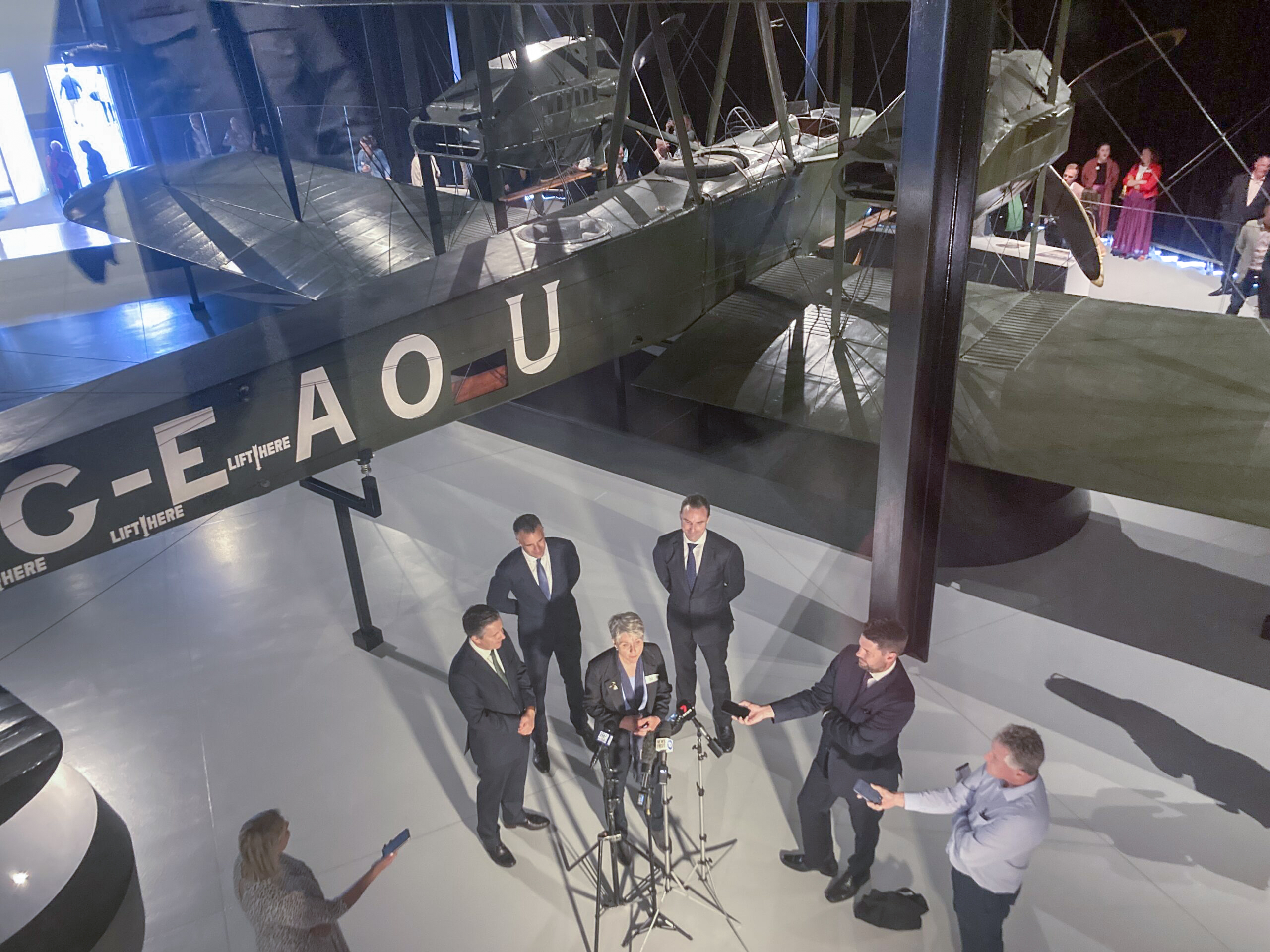
The Vickers Vimy exhibition space is open to the public 8am to 8pm, 365 days a year. Visit the display virtually here: www.adelaideairport.com.au/vickers-vimy/
Editors Sidenote: A sad epitaph to G-EAOU’s monumental flight is that Sir Ross Smith and the then newly-promoted Lt.Bennett died in a flying accident while testing a Vickers Viking amphibian from its factory in Brooklands, England on April 13th, 1922. Oddly, another Vickers Viking also claimed the life of John Alcock (who piloted the only other original Vickers Vimy extant on its record-breaking transatlantic flight of June 14/15, 1919).







